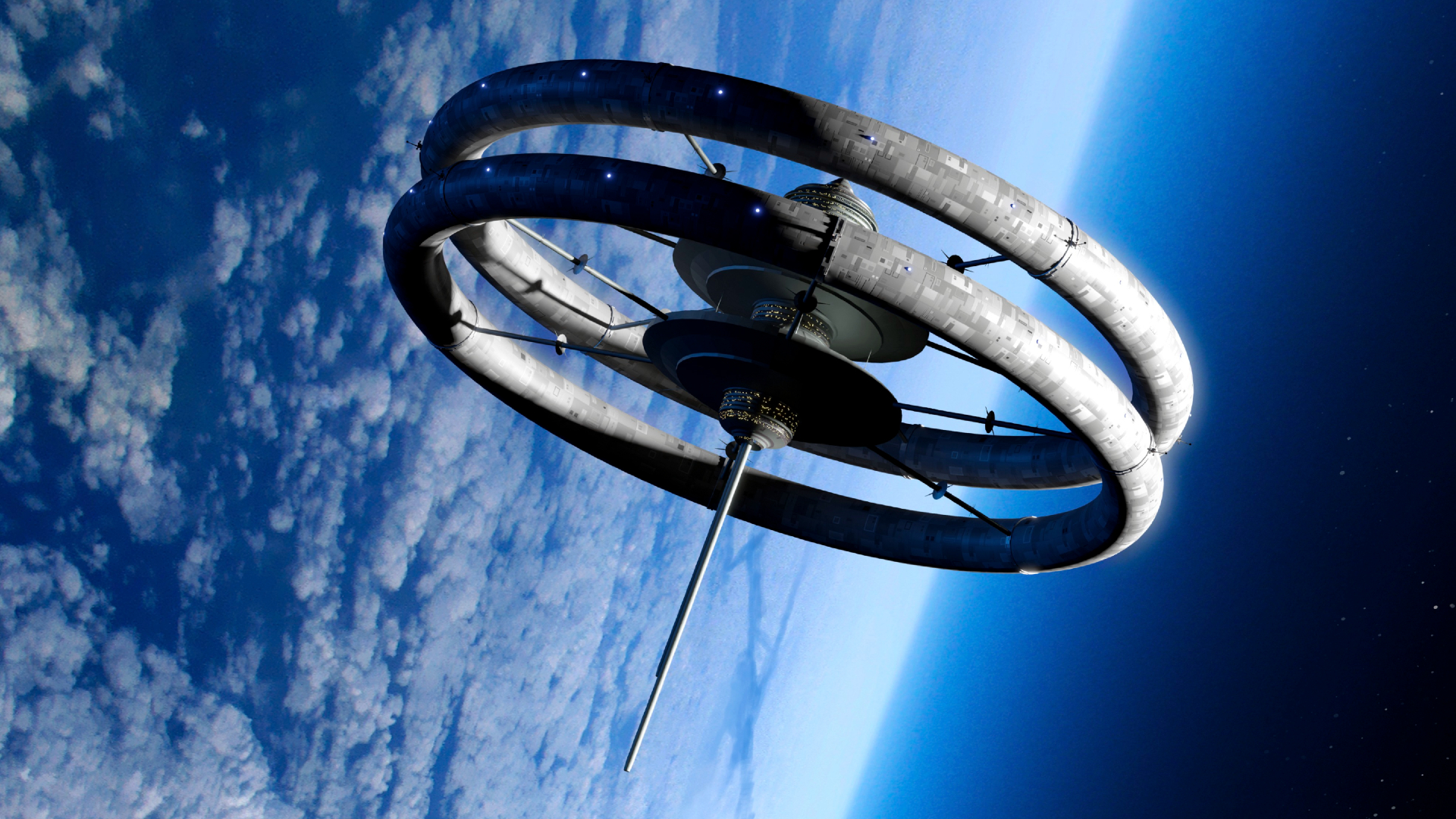Water Ice Detected on Comet's Surface
Scientistshave long known that a major ingredient in cometsis water ice, but they were unsure whether the ice was contained mainly insideor if it could be found on the surface as well.
A newanalysis of data from NASA's DeepImpact mission last year provides the first evidence that water ice canindeed exist on a comet's exterior.
In a newstudy released today in an online edition of the journal Science,researchers report that the surface of Tempel 1,the comet targeted by Deep Impact, has three small pockets of water ice.
Tempel 1has a surface area of roughly 45 square miles, or 1.2 billion square feet. Thearea taken up by the water ice, however, is only 300,000 square feet. The restof the comet surface is dust.
"It's likea seven-acre skating rink of snowy dirt," said study co-author Peter Schultz of Brown University.
On July 4,2005, NASA slammed a heavy copper probe called Impactorinto Tempel 1's surface while it was 83 million miles from Earth. The resultingcollision created a stadium-sized crater and flung tons of debris into space.Impactor was one of two Deep Impact spacecrafts; the mothership, responsiblefor recording and analyzing the blast, was called Flyby.
Breaking space news, the latest updates on rocket launches, skywatching events and more!
Theresearchers believe Tempel 1's surface ice used to reside inside the comet andbecame exposed over time. It's also thought that occasional geyser-like blastsof dust and vapor, called jets, send the ice outward. Once ejected, the icecrystals can become incorporated into the luminous coma, a cloud of material surroundingthe main body of the comet, or the ice can become part of its tail.
The sameteam previously reported that Tempel 1's interior also contained an abundanceof organic material and suggested the comet may have originated in a region ofthe solar system now occupied by Uranus and Neptune.
Ker Than is a science writer and children's book author who joined Space.com as a Staff Writer from 2005 to 2007. Ker covered astronomy and human spaceflight while at Space.com, including space shuttle launches, and has authored three science books for kids about earthquakes, stars and black holes. Ker's work has also appeared in National Geographic, Nature News, New Scientist and Sky & Telescope, among others. He earned a bachelor's degree in biology from UC Irvine and a master's degree in science journalism from New York University. Ker is currently the Director of Science Communications at Stanford University.
